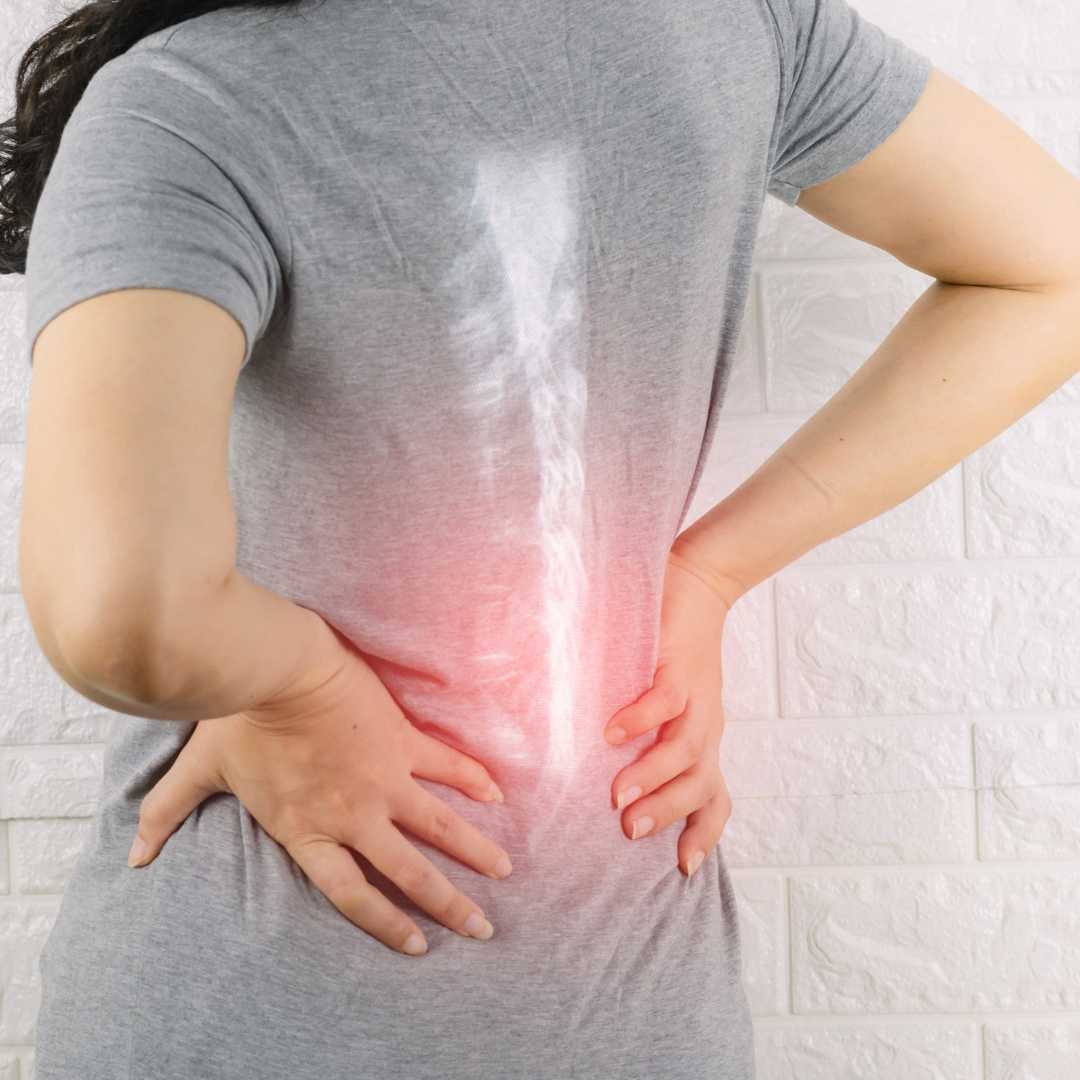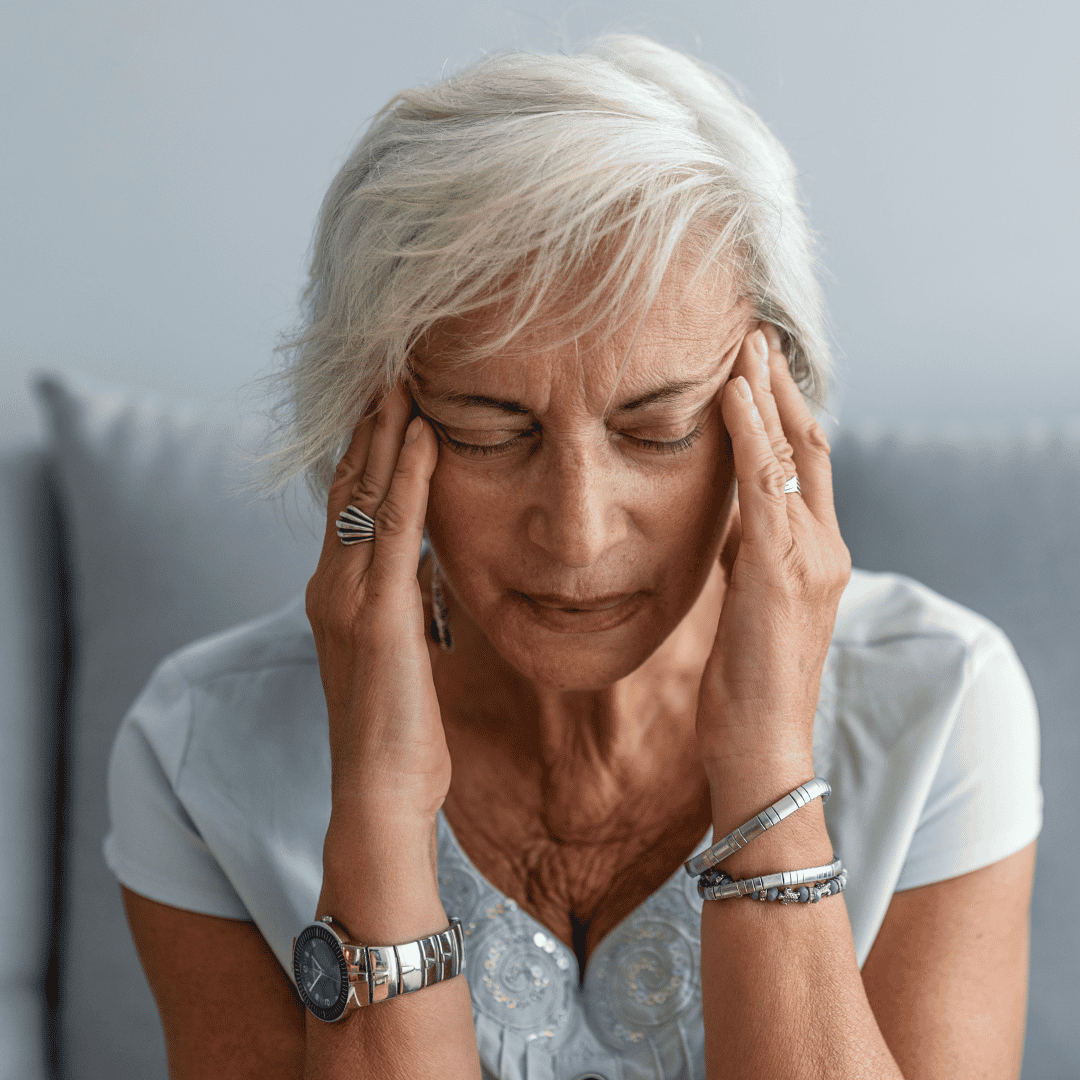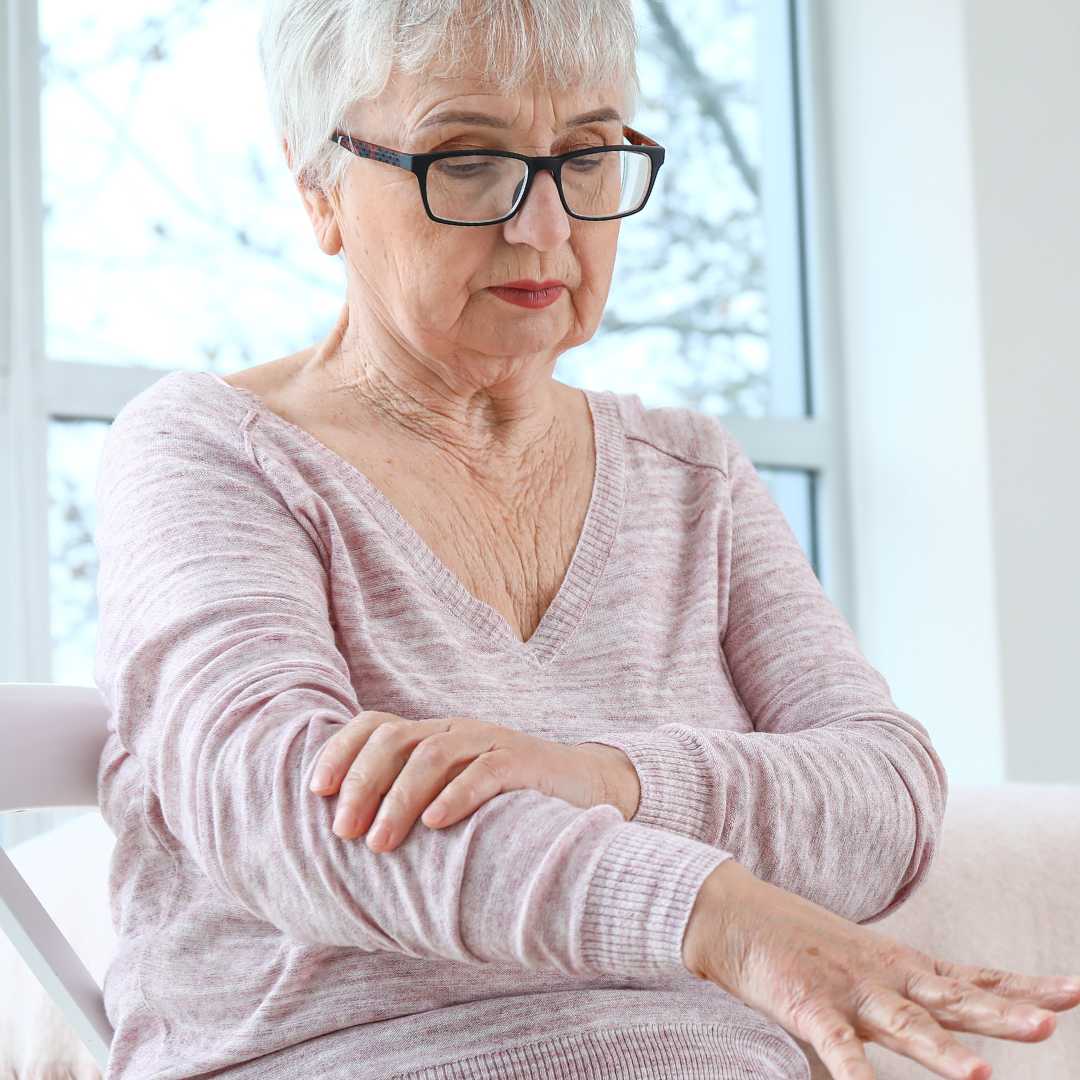Discover Unforgettable Experiences in India!
Imagine if the very tissue we often strive to reduce—our body fat—held the key to healing chronic ailments. Welcome to the transformative world of Lipoaspiration and Adipose-Derived Mesenchymal Stem Cell (ADMSC) Therapy, where a simple procedure could pave the way for regenerative healing.
Key Takeaways:
- What is ADMSC Therapy? A regenerative treatment using stem cells extracted from your own fat tissue to repair and rejuvenate damaged areas.
- Procedure Overview: Involves a minimally invasive liposuction to harvest fat, from which stem cells are isolated and then reintroduced into the body.
- Benefits: Potential to treat a range of conditions, from orthopedic issues to autoimmune diseases, with reduced risk of rejection.
The Science Behind the Therapy
Harvesting Healing Cells:
Through a gentle liposuction procedure, adipose tissue is collected, typically from the abdomen or thighs. This fat is rich in mesenchymal stem cells, which are then isolated in a lab setting under sterile, controlled conditions. These cells are either injected locally at the injury site or delivered intravenously, depending on the condition being treated.
Why Adipose Tissue?
Adipose tissue has become the goldmine for stem cell therapy due to its abundance and ease of access. In fact, fat contains nearly 500 times more mesenchymal stem cells per gram than bone marrow, making it a superior source for regenerative purposes.
Cell Power in Action:
These cells can transform into cartilage, muscle, nerve, or even bone cells, triggering a natural healing cascade. The anti-inflammatory and immunomodulatory effects make them ideal for patients suffering from chronic joint pain, degenerative diseases, or autoimmune disorders.
Real-Life Impact: Stories of Recovery
Emma’s Knee, Emma’s Comeback:
“I couldn’t chase my grandkids or even walk upstairs without wincing,” says Emma, a 58-year-old with severe knee osteoarthritis. After undergoing ADMSC therapy, her life took a turn. Within three months, the swelling reduced, pain was significantly lower, and she began light jogging again. “It felt like I had reclaimed a decade of my life,” she shared.
Carlos and the Spinal Shift:
Carlos, a 42-year-old graphic designer, was living with a degenerative disc disease that disrupted his work and sleep. “Every movement felt like a battle,” he recalled. Post-therapy, the pressure in his lower back eased dramatically. “It wasn’t overnight magic, but within six weeks, I was functioning better than I had in years.”
Pro Tips for 2025
- Be Realistic: Stem cell therapy isn't a miracle fix—it works best as part of a broader healing plan.
- Timing Matters: Early intervention shows more consistent results than waiting until degeneration is severe.
- Vet the Facility: Always choose a center that follows international safety protocols and uses closed system processing to avoid contamination.
- Stay Active Post-Therapy: Moderate movement and rehabilitation amplify the effects of stem cell repair.
FAQs: Your Most Pressing Questions Answered
1. How do I know if I’m a good candidate for ADMSC therapy?
Start with a comprehensive consultation. Typically, candidates with chronic orthopedic, autoimmune, or degenerative conditions who haven’t responded well to traditional treatments may benefit. Medical imaging and a review of your health history will help assess suitability.
2. What are the risks associated with lipoaspiration and stem cell infusion?
The risks are minimal when performed in a regulated setting. As with any minor surgery, there's a possibility of bruising or infection, but rejection is rare since your own cells are used.
3. How long does it take to see results?
Some patients report changes as early as 2–4 weeks, but most experience gradual improvement over 3–6 months as the cells continue to regenerate damaged tissues.
4. Is this therapy FDA-approved or globally recognized?
The regulatory landscape is evolving. While some stem cell applications are approved in certain countries, others remain under clinical investigation. Always check the local laws and regulatory framework of the treatment destination.
5. Will language barriers or travel logistics affect my treatment abroad?
Not if you plan smart. PlacidWay helps coordinate translators, transportation, and accommodations to ensure seamless care regardless of the country you choose.
6. Is this therapy affordable compared to conventional surgery?
In many destinations, stem cell therapy is more cost-effective than joint replacements or chronic drug regimens. Plus, it avoids long recovery times and hospital stays, saving you money in the long run.
Let PlacidWay Help You Reclaim Health, Naturally
Regenerative medicine is no longer a concept of the future—it’s transforming lives today. However, navigating the wide range of treatment options, understanding legal regulations, and choosing the right global provider can be overwhelming. That’s where PlacidWay comes in. We connect you with trusted medical centers that specialize in advanced stem cell therapies, without endorsing any specific clinic. From providing reliable information and personalized guidance to coordinating travel and post-treatment care, we’re here to simplify your journey and help you make informed, confident decisions every step of the way.
Stem Cell Therapy & Lipoaspiration in India
Keywords: Regenerative Medicine








Share this listing